Diving in Raja Ampat / Indonesia with ILIKE – What an experience
Dieser Artikel ist auch auf Deutsch verfügbar
The diving trip to Raja Ampat will be hard to forget. Even the holidays started bumpy as Emirates decided to cancel our flight 5 days before departure and refuses to compensate for anything. In quite a stressful day everything had toe be reorganized and and luckily we didn’t miss the diving safari on the ILIKE in Raja Ampat / Indonesia.
First of all I really would like to thank the crew of the ILIKE – you guys were awesome. Friendly, professional – simply fantastic. The trips was an absolute pleasure and cruise director Edu was unbelievably organized. If I had the power to I’d give him a German passport in addition to his Spanish one 😉 Guy: Thank you very very much for this unforgettable experience! A lot of companies could learn from you regarding customer service!
The ship really is a beauty, isn’t it? The Black Perl probably would be green with envy 🙂
With sunrises like that it was a pleasure to get up …
Unfortunately some of my best pictures I cannot publish right now. Arriving on the boat we were informed that the trip was part of the Seacam Shootouts. It didn’t cost anything to take part and therefore nothing to loose. The winners will be announced in January. It really doesn’t matter if I win something or not but some of my best pictures are missing right now. I will publish them later.
As promised: Here are my best shots from Raja Ampat.
A paradise for photographers
It’s not only the underwater world that is a paradise for photographers. The ILIKE itself is well prepared for underwater photographers. There is a huge charging station and lots of space to maintain your equipment.
Furthermore the crew is really good with photographers. They take care of the expensive equipment. Going out to the dive sites with smaller boats the cameras are safely stored in washing baskets.
While diving you always meet interesting people
We had a few diving celebrities on the trip. Petra and Rolf from Sinai Divers – they were actually the reason we joined the trip. Top UW photographer Rinie Luykx and Seacam ambassador Geert Nies were on the boat as well. Both very nice guys and I am glad Rinie could give me a few tips how to improve. Thanks guys! All in all we had a lot of fun during the trip.
Misool – a real sanctuary with stunning reefs
The first part of the safari led us to Misool. This is a stunning place I can tell you. Edu said during the first briefing that diving in Misool gets better every year. But there is a lot of effort behind it. Misool is a No Take Zone and is protected as good as possible. You have to pay an entry fee but the money goes into the protection of the area. Fees like this I really don’t mind.
Together with a local community the are is protected from illegal fishing. It’s pure joy to dive there as everything is alive and kicking. In moments like this you see how beautiful our planet really is. One can only hope that humanity comes to its senses and starts protecting the planet. On of the biggest issues at the moment is plastic. Later more on that.
We were told that the park rangers are using radar to protect the area. Therefore turtles, sharks, mantas and the whole environment can thrive.
The protected area is about 1200 square kilometres and you really can see, what protection can do. Greenpeace is saying for a long time that parts of the ocean should be no take zones and everyone would profit. But greed makes you shortsighted.
Misool is not the solution for all our problems. But it is really stunning and a little bit of hope. If you are interested what they are doing you find further information on the Misool homepage.
Mantas, Mobulas, Sharks and a kicking Reef
We saw mantas, mobulas and sharks but I don’t have really good shots of them. The didn’t come close enough. I had more luck a few years back in Bali with a manta called Black Clam. At least I have proof of what we saw 🙂
Not the best shot but I saw them …
We had sharks on almost every dive. Most of the times there were black tip reef sharks patrolling the area and a few white tip reef sharks as well. I was a bit late on the next shot but we guess that this female shark is pregnant.
This grouper wasn’t small either.
Lionfish I know from the Red Sea very well. This one just looked great in his fluffy home.
There was a lot of fish around and therefore the underwater world is really colorful.
If you stick your nose deeper into the reef you find a lot of critters. This nudiebranch fits very well into the environment.
Clownfish are pretty – they really are
The ghostpipefish is very well camouflaged. This one was about 5 cm long. The don’t move and therefore they are quite hard to spot.
A little shrimp on top of a coral. Without a dedicated macro lense it’s had to take pictures of those little guys.
What you cannot see here is a scorpionfish. Well it is quite easy to find it on the picture but in a big reef they are well hidden.
The reefs in Misool reall are stunning. The place is thriving and there is coral, sponges and fish everywhere. Sometime we didn’t know where to look first.
Some areas you just don’t want to leave anymore – you really would like to stay there for much longer
The north of Raja Ampat
After Misool we went to the north of Raja Ampat. Diving is really good here as well and in theory the area should be protected too. But as everywhere else in the world there are arguments between the tourism industry and the local fishermen. Both want the best grounds and I hope they will find a long term solution.
Personally I don’t mind if a few people take a few fish with a line. A problem is when they take too much and using close meshed nets taking all the juveniles. I was in other parts of the worlds and the local fishermen didn’t see a lot of the tourism money. There are always 2 sides but on the long run it would be good to find a solution.
Diving in the north of Raja Ampat
In the north of Raja Ampat the currents can be really strong.That’s why fish, sharks and other animals like it here. If you look at the map you can the reason for the currents.
We were diving within the red circle. From left to right it gets shallower and narrower. It’s a funnel for the tides.
If you are interested in the tides you can have a look at those NASA documents (models M2, S2, K1 or have a look here). It translates to that
That means reef hooks and hold on to your regulator – we are taking off. Hiding behind a coral block sometimes helps as well. It really is like watching TV with a lot of action. Plenty of fish, sharks, trevallies and so on. Once in a while you have turtles as well. Here some proof:
Underwater photos of Raja Ampat
I said it before and do it again – the reef is stunning:
Some parts are just coral, coral, some coral, more coral and coral …
Hello turtle – nice to meet you too!
We even had a sepia putting on a show for us.
Now and then we put a foot on land and the following would be a classic shot for Raja Ampat. You see all the little islands and so on. But the weather and my camera disagreed on the conditions. I publish the shot anyways so you can imagine in what environment we were.
This little fellow is called orangutan crab. They are not really big and well camouflaged. Orangutan crabs look like little algae and this guy told me off his living room – fair enough.
A white leaf fish – you can find them in different colors as well.
Some more pictures
Another clownfish because they are so cute.
A few sweetlips. If you can get close to the school they are pretty on a photo.
That’s a feather star. I like this picture a lot.
The clams can get really big in Raja Ampat
This jetty was full of life even if the photo doesn’t show it. On of the pictures from under there I cannot publish right now.
I can however publish the somehow creepy looking photo of batfish. The are really curious and get close to divers.
This moray eel looks more dangerous that it is – believe me 😉
This Walking Shark (Hemiscyllium halmahera) is nocturnal. The shark rarely swims but wiggles through the water and is somehow walking.
Another shark but this one is a so called Wobbegong. He misused a coral as his bed.
Nice house you are having there!
Those are called Flabellina.
The vlue thing top right is called Chinese Dragon nudiebranch or something like that.
I forgot how they are called … If someone know – please tell me.
It’s not just the diving – the Eagles put on a show for us
I already had good luck with egales in Scotland (Isle of Skye) and could take a shot of a Sea eagle. In Raja Ampat we had two different kind of bird of prey. This one is a white bellied sea eagle (haliaeetus leucogaster). I have a better picture but I can’t publish it right now. It is in the competition for the category environment.
The brahminy kite (haliastur indus) is a bit smaller but really beautiful.
I messed up the next picture a bit because I cut the wing on the left hand side. But they are really fast and it’s not easy to take pictures.
It was really interesting how different those two hunt. The white bellied sea eagle comes rather gliding and the kite comes from above – folding itss wings and nose dives full speed down.
It was a fantastic show and I could watch this all day.
Where is Raja Ampat and how do I get there?
Raja Ampat is just not New Guinea and is west of it. The east of the island is Papua New Guinea and the western part belongs to Indonesia (since 1963). Down left you see Jakarta and the red circle is Raja Ampat.
We flew to Jakarta and from there with a domestic flight to Sorong. Again a little helper where that is. Down left is Jakarta and tp right Sorong. If you think that is just around the corner … it’s a 4 hours flight with a normal civil airplane (Airbus 320).
Raja Ampat or the 4 kings
The group of islands called Raja Ampat consists of the four main islands Misool, Salawati, Batanta and Waigeo. Raja Ampat is just south of the equator and belongs to the so called coral triangle. You find the greatest biodiversity on earth in this part. Apart from the main islands there are about 1500 islands (some are very small) that forms Raja Ampat.
In this area you also find the Wallace line. Raja Ampat is next to the Lydekker’s line – that is basically the opposite of the Wallace line. Those lines describe the transition between the fauna of Australia and Asia.
It was fantastic!
It’s hard to describe what we had the privilege to see. It was stunning and I would like to publish the memories directly from my brain. The coral reefs were awesome and Raja Ampat is unbelievable.
If you are a diver put Raja Ampat onto your todo list. If you ever get the chance to go there – do it! You won’t regret it and you won’t forget it.
A word to the environment and plastic
We have been really far out and for a few days we didn’t even have and internet connection. But plastic is not a problem close to populated areas anymore. Wind, currents and the sea take it everywhere. It’s not pleasant to watch for a start.
For example we did dive into a little cave where you could surface. The first thing in the middle of nowhere – I bump into rubbish.
Nudiebranches are pretty … but not the rubbish next to it …
Cigarette butts are small but we will see them for a very long time. For some creatures cigarette butts are really big though …
All this rubbish in this awesome environment breaks your heart. Plastic is everywhere now and that can’t be good.
Plastic is not only unpleasant to watch. It is evil. Turtles might confuse plastic bags with jelly fish and therefore think it is food. Even plankton is eating the so called micro plastic and the problem here is that it suddenly is in the food chain. That we cannot see it anymore doesn’t mean it is gone.
Everybody can help to reduce plastic. Refuse a plastic bag from your local supermarket and take reusable bags with you. Maybe look out for products that are not wrapped 1000x. You can buy peeled off oranges that are wrapped in plastic – that is insane! Don’t buy shit like this. Some concrete heads will never learn and their stockholders are more important than the environment. The problem will be that the next generation can’t eat stocks …

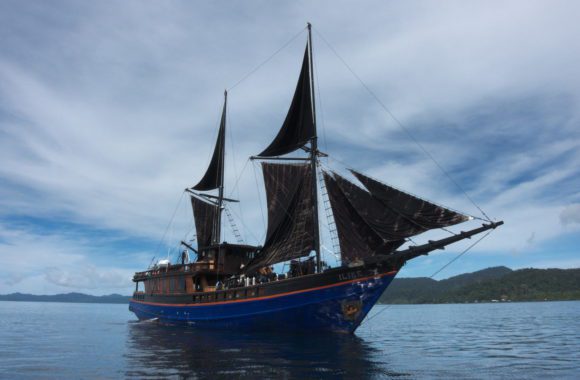
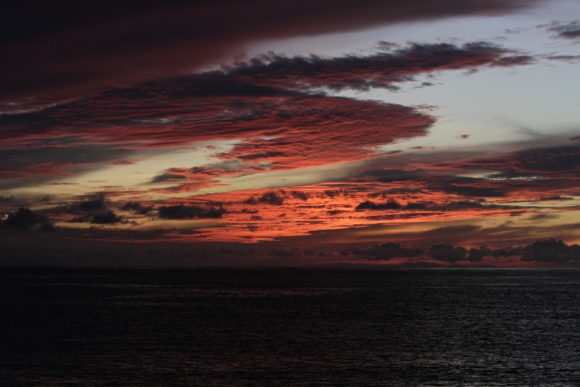
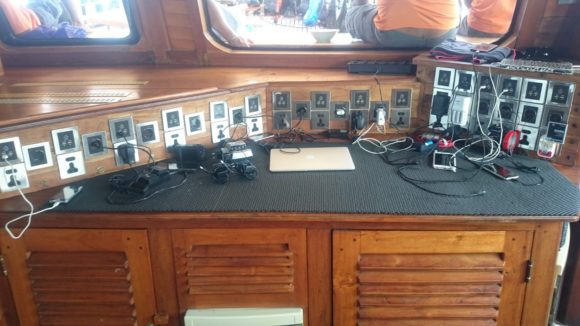
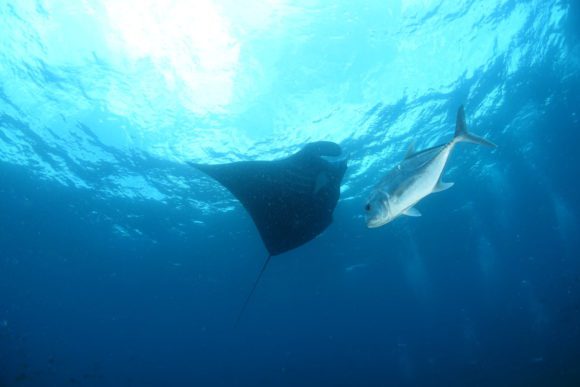
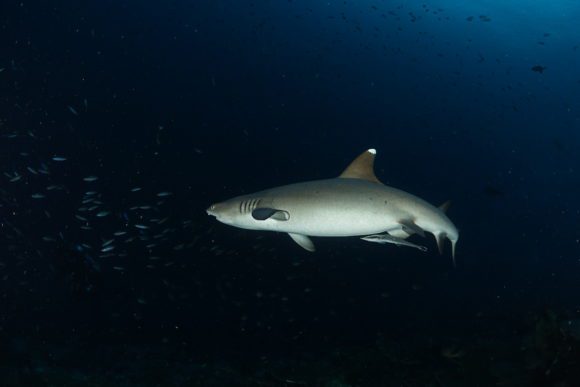
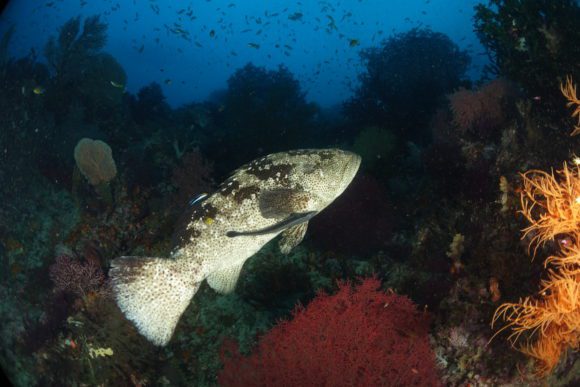
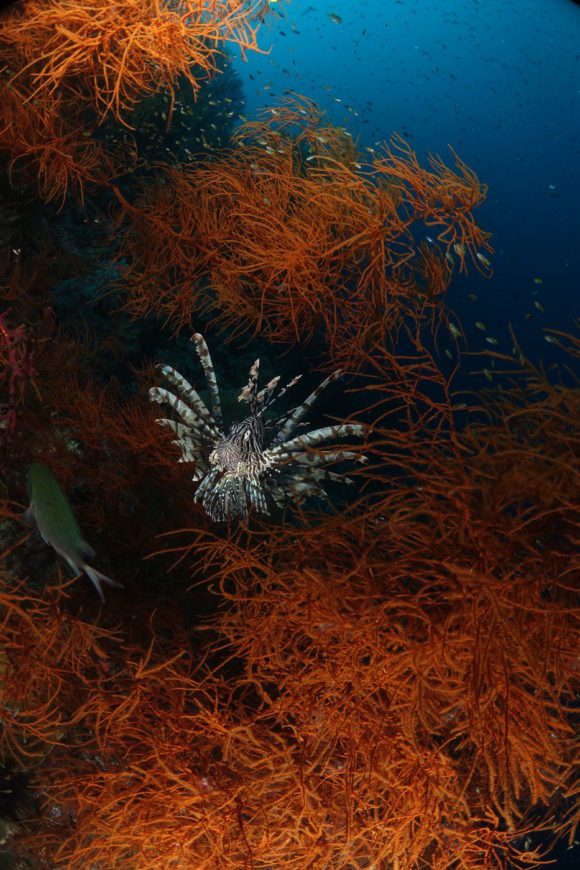
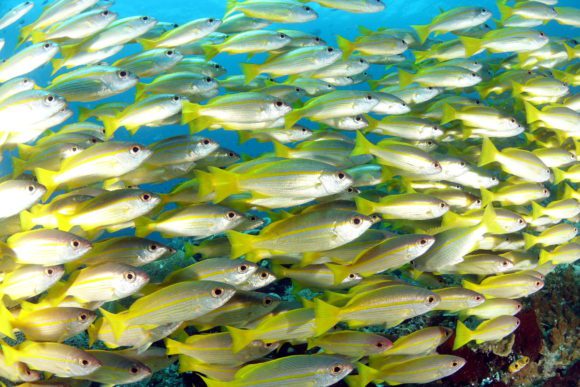
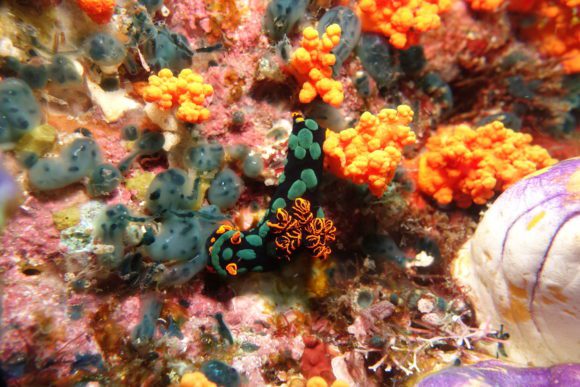
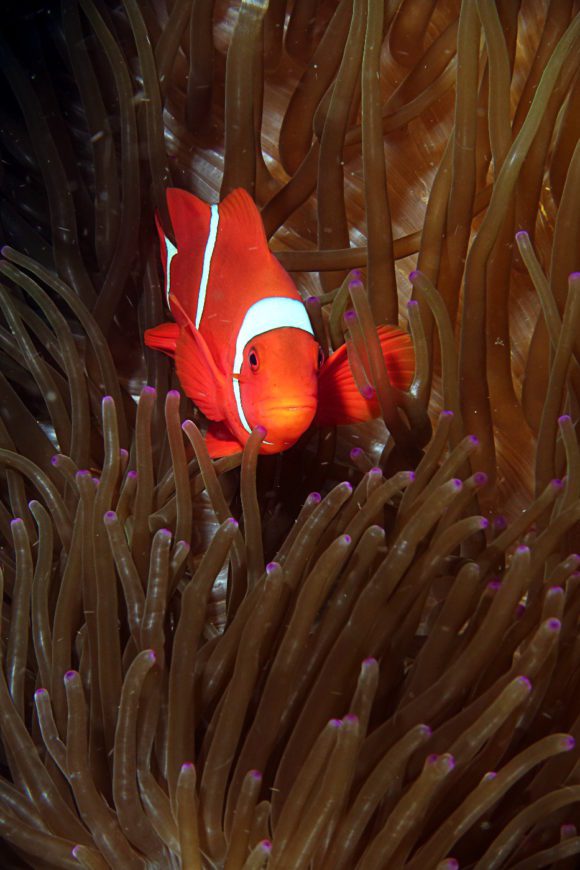
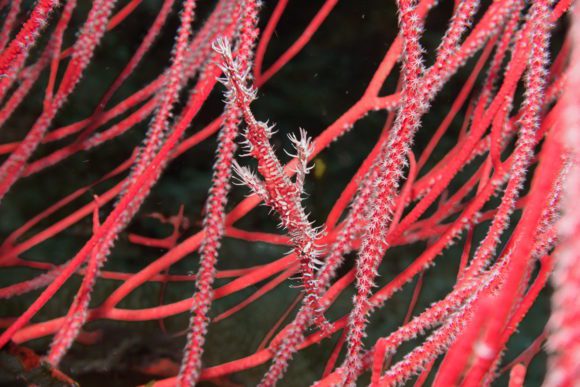
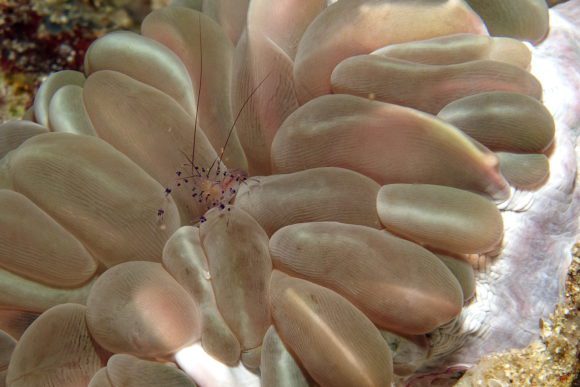
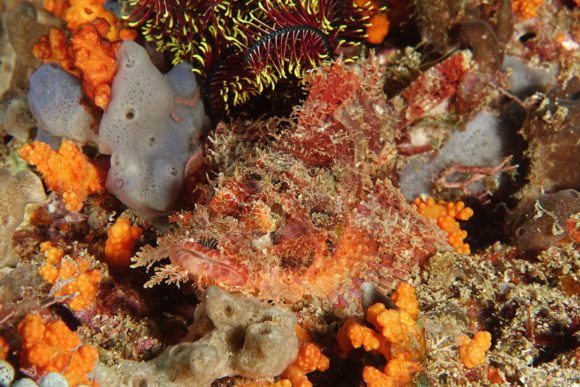
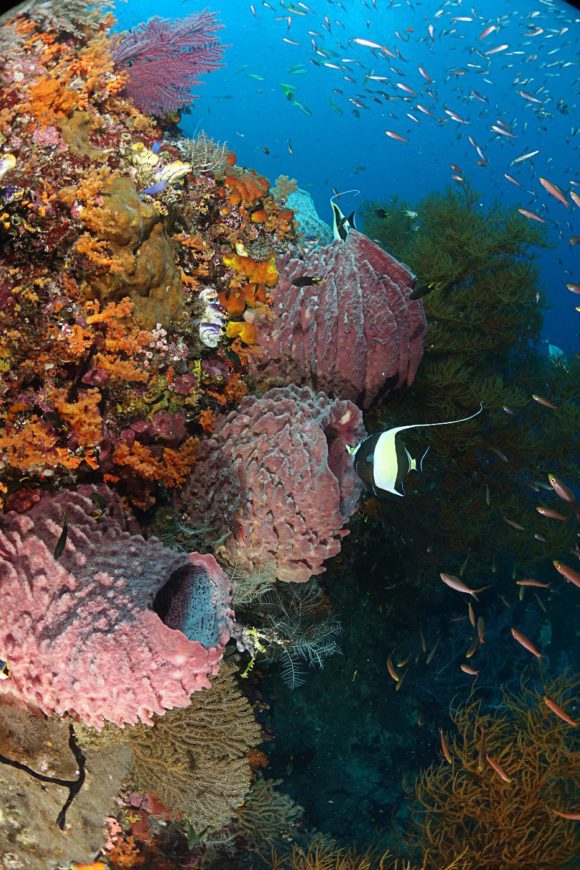
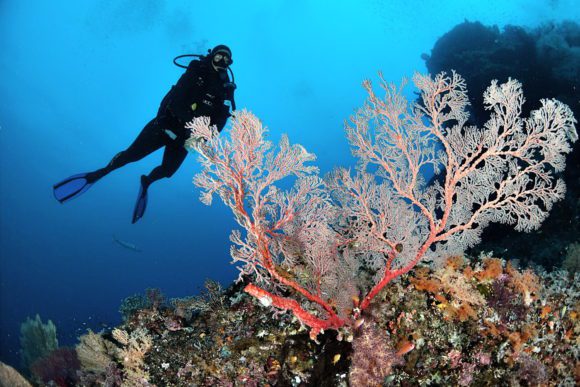
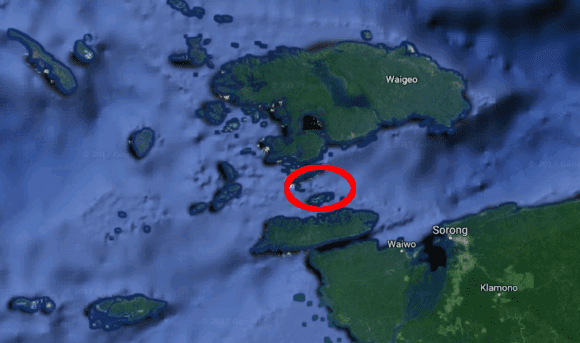
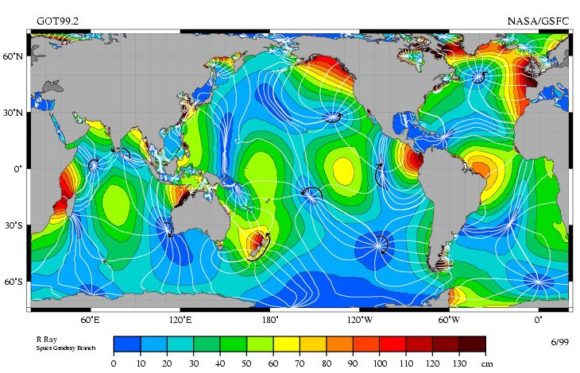
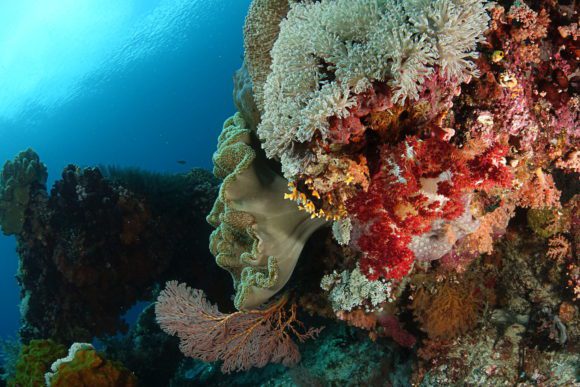
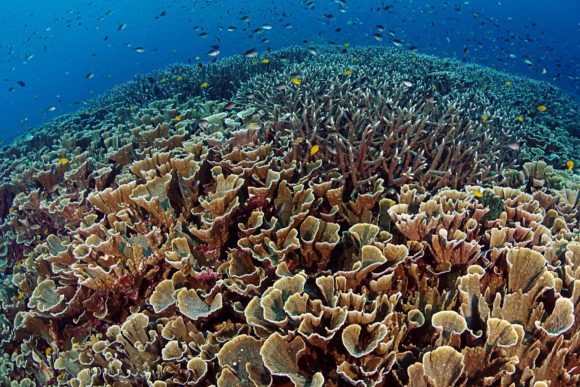
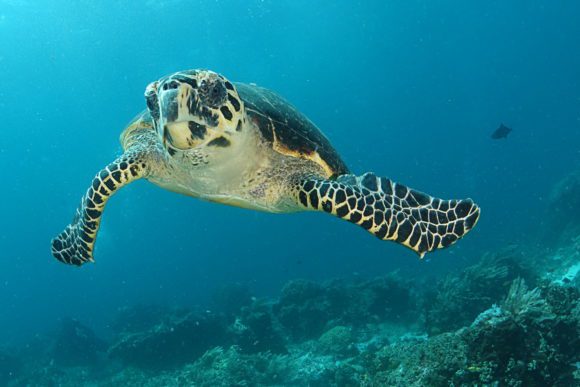
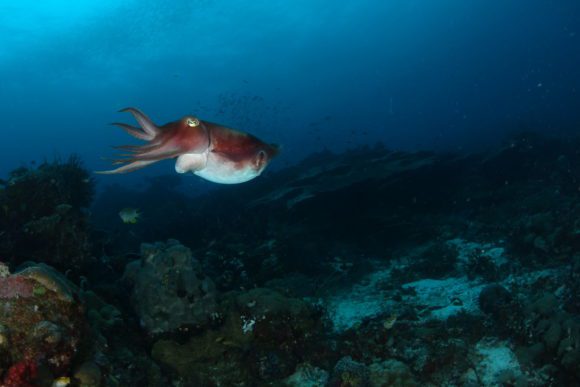
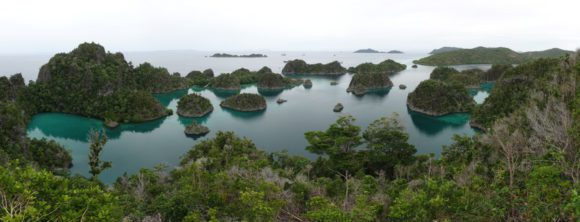
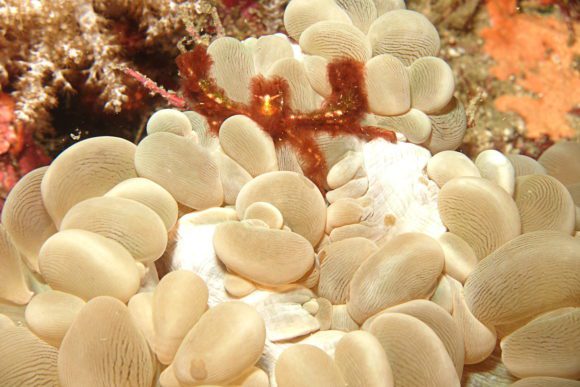
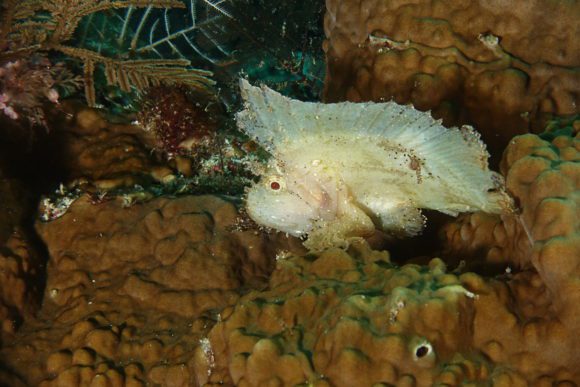
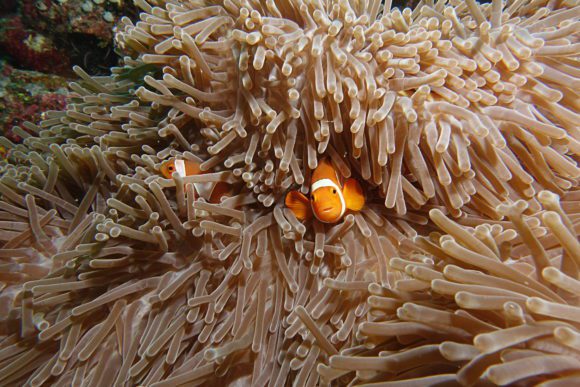
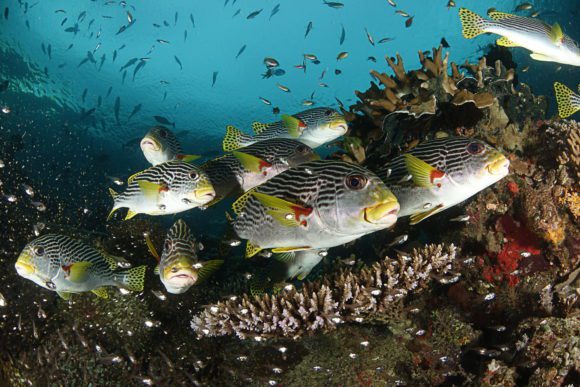
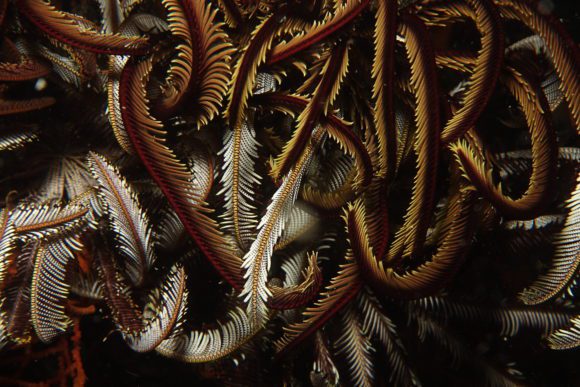
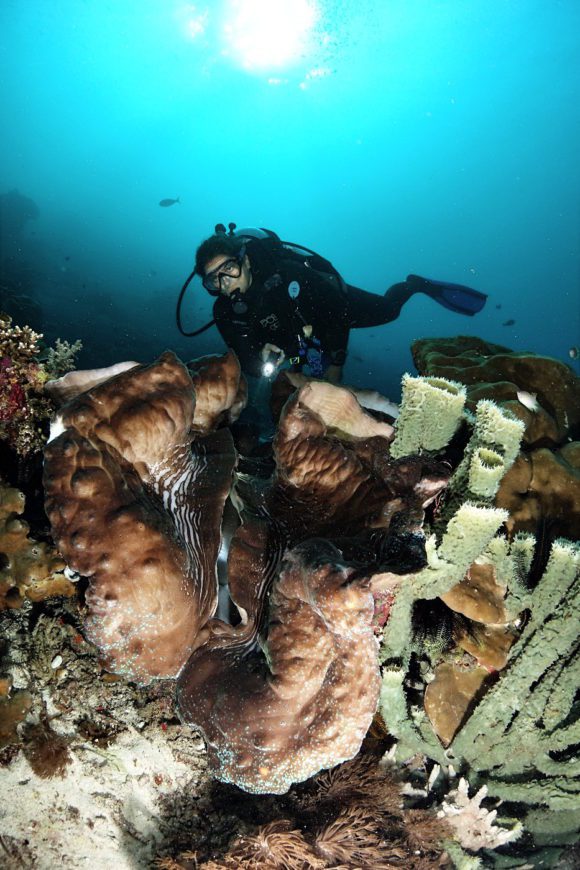
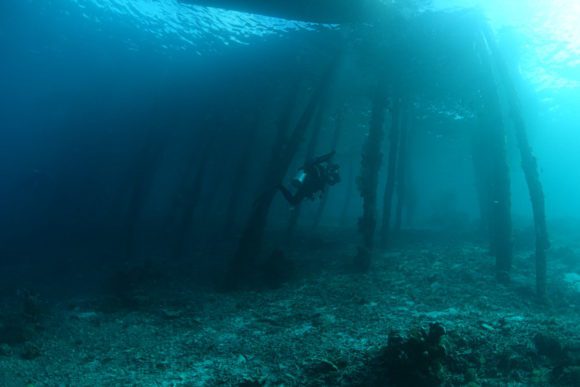
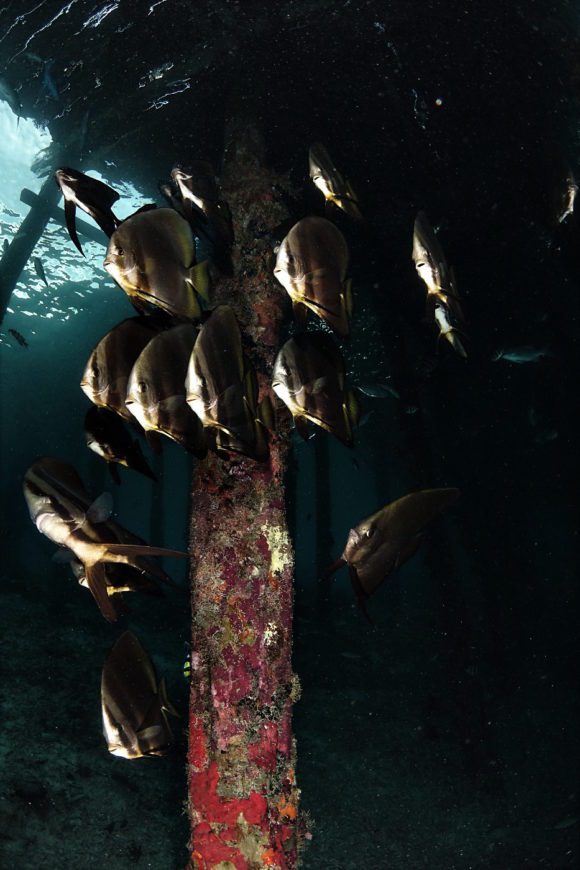
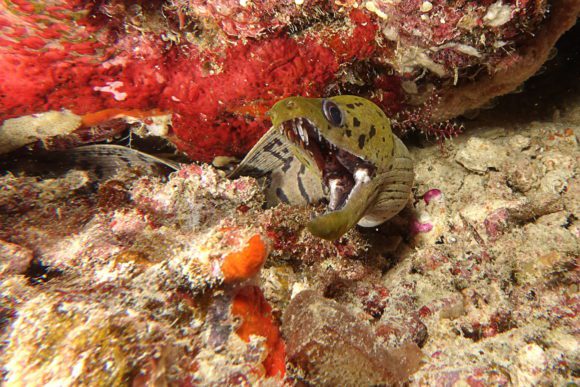
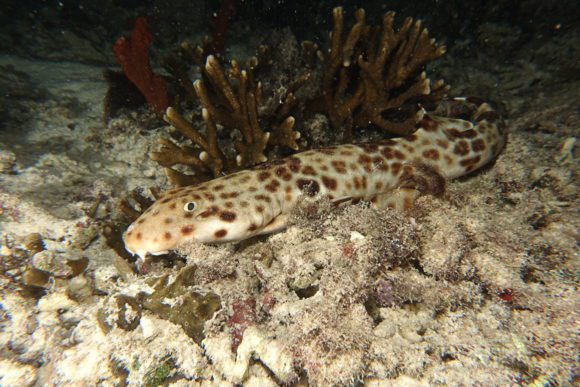
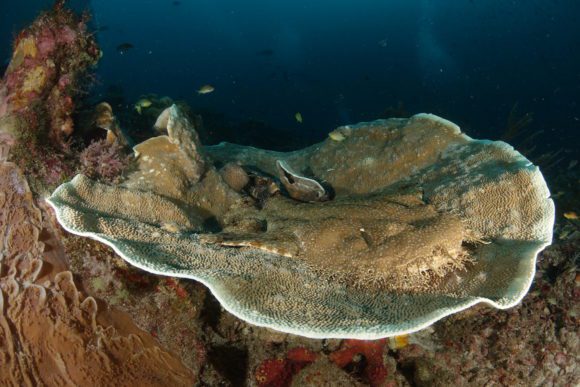
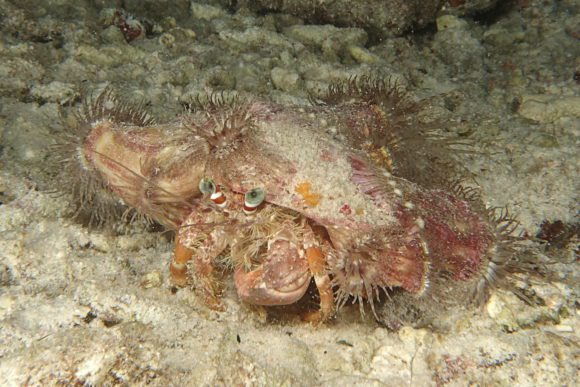
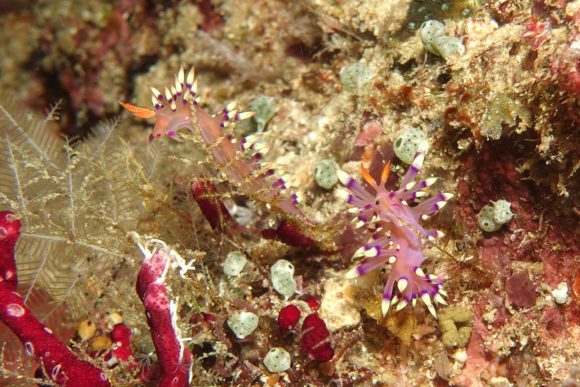
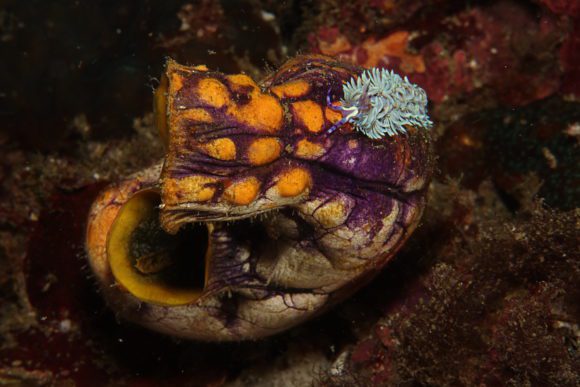
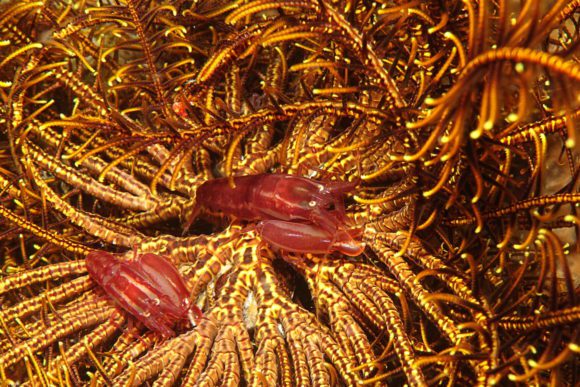
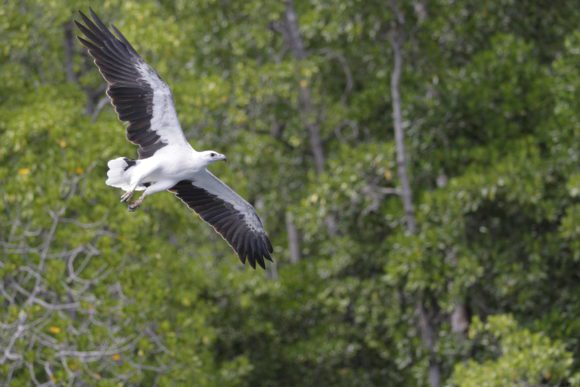
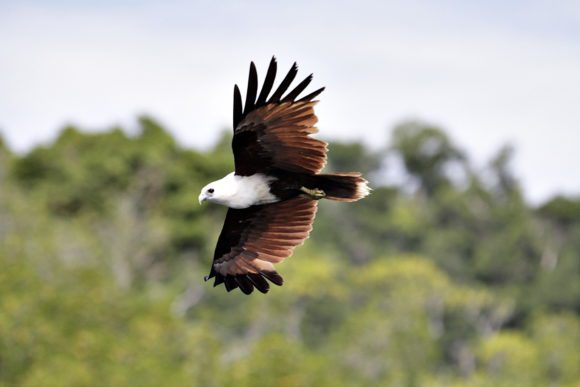
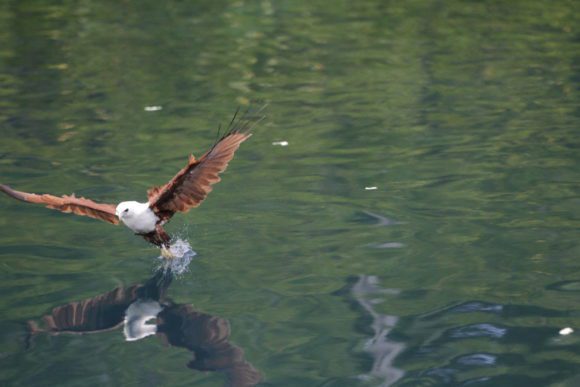
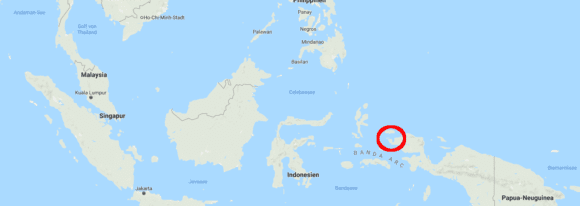

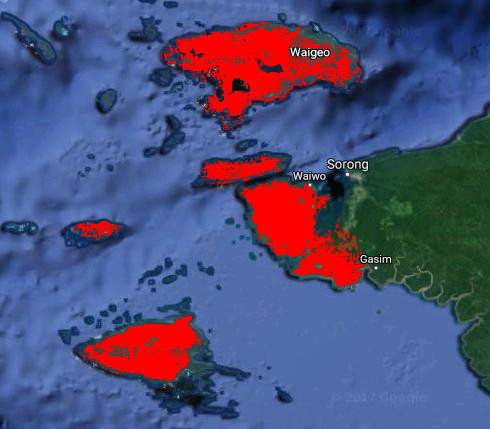
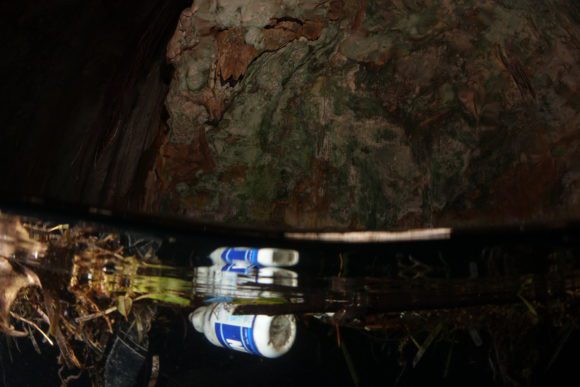
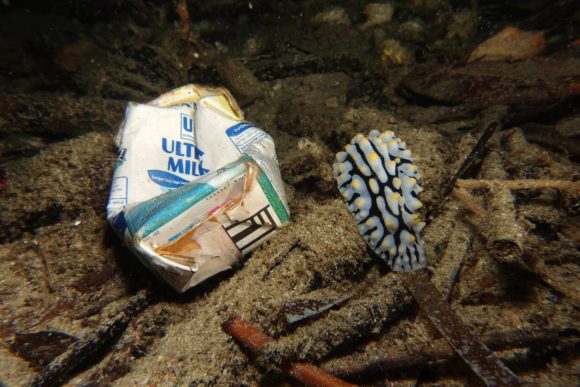
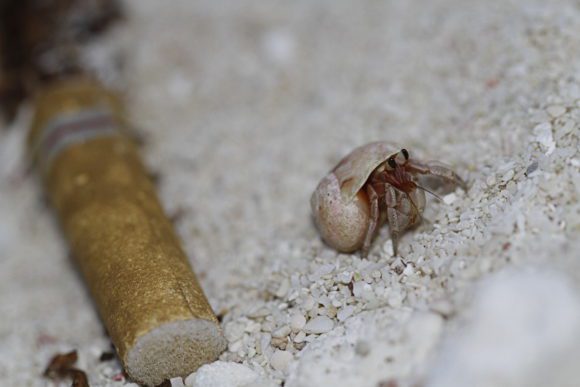
 Alle Kommentare als Feed abonnieren
Alle Kommentare als Feed abonnieren




















